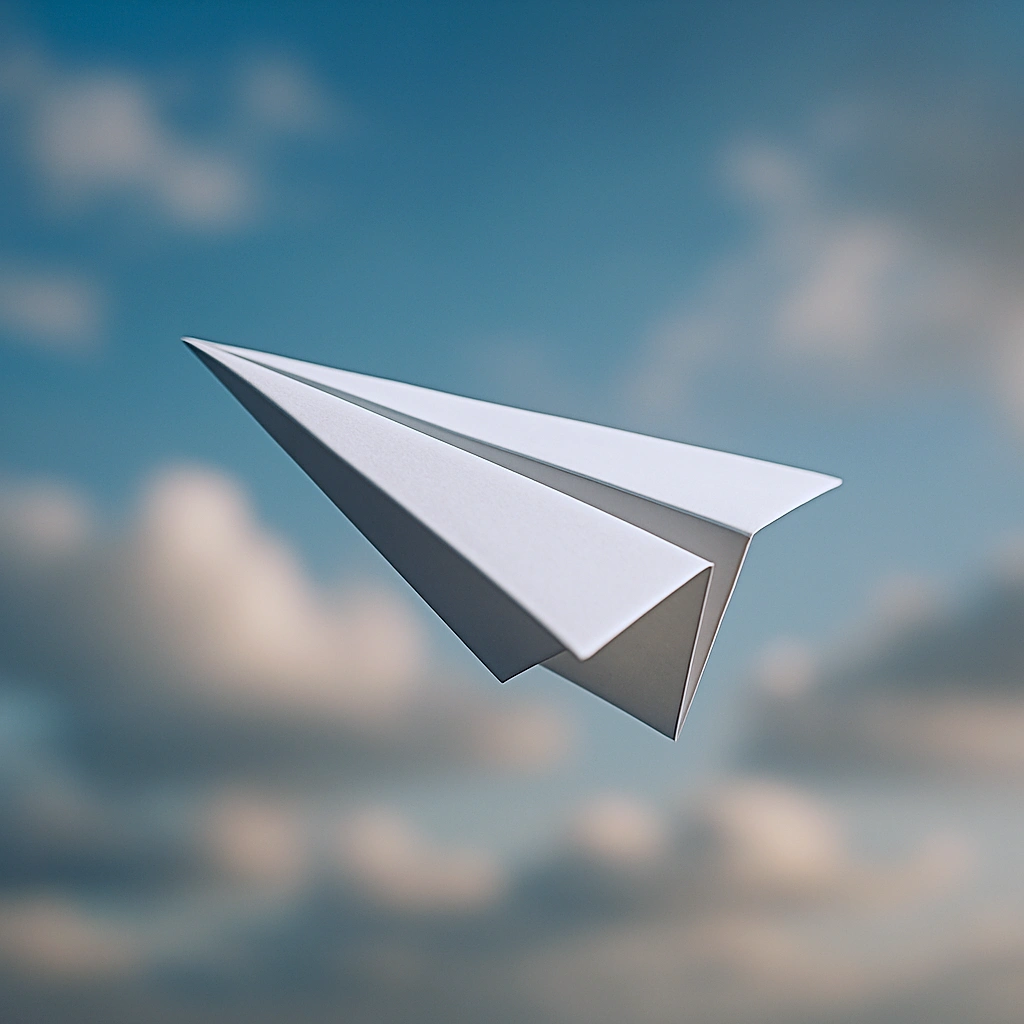
✈️ Understanding Lift: The Foundation of All Flight
by Brian Craddock
Whether you’re dreaming of flying a Robinson R44 helicopter or a Cessna 172, every pilot’s journey begins with one fundamental concept: lift. It’s the invisible force that opposes gravity and keeps aircraft in the sky. Without lift, controlled flight wouldn’t be possible. At USATS, understanding lift isn’t just a textbook requirement—it’s the key to mastering flight control, ensuring safety, and understanding the aerodynamic forces that shape every maneuver you’ll perform in training.
In this blog, we’ll explore how lift works, what factors influence it, why it’s vital for every type of flying, and how it’s integrated into USATS’s comprehensive, FAA-approved flight training programs.
🧠 What Is Lift?
Lift is the upward force that counteracts the weight of an aircraft, allowing it to become airborne and remain in flight. This force enables helicopters to hover and airplanes to soar across great distances. The FAA’s Pilot’s Handbook of Aeronautical Knowledge (PHAK) defines lift as the aerodynamic force produced by the motion of an airfoil—such as a wing or rotor blade—through the air.
For an aircraft to climb, lift must exceed weight. For level flight, lift must exactly equal weight.
This balance of forces forms one of the foundational elements of aviation theory and practice. Every takeoff, climb, cruise, and landing relies on precise control of lift.
🧪 The Science Behind Lift
Lift results from complex airflow patterns and pressure differences, but two key scientific principles explain its creation:
1. Bernoulli’s Principle
Air moves faster over a curved surface than over a flat one. On a typical airfoil, the upper surface is curved, while the underside is flatter. As air flows over the top, it speeds up and creates lower pressure. At the same time, slower-moving air beneath the wing creates higher pressure. This pressure differential results in lift.
2. Newton’s Third Law
“For every action, there is an equal and opposite reaction.” When a wing or rotor blade deflects air downward, the air responds by pushing the wing upward. This complements the lift generated by Bernoulli’s Principle.
Together, these principles explain how airfoils produce sufficient lift to support an aircraft, whether in forward flight or a vertical hover.
🛫 Lift in Fixed-Wing vs. Helicopter Flight
At USATS, fixed-wing students learn to generate lift using forward airspeed. Airplane wings are designed to efficiently redirect airflow as the aircraft accelerates down the runway. Once enough lift is generated, the aircraft lifts off.
In helicopter training, lift is created by the rotation of the main rotor blades. These spinning airfoils pull air downward, enabling helicopters to rise vertically, hover, and move in any direction. The pilot adjusts lift using the collective and cyclic controls, which change blade pitch and direction.
Each aircraft type teaches students unique techniques for managing lift. Airplane students focus on airspeed and angle of attack, while helicopter students learn how pitch and throttle inputs affect rotor blade performance. Both tracks at USATS emphasize hands-on application to develop a deep, practical understanding.
🛍️ Four Key Factors That Affect Lift
Several variables influence how much lift an aircraft can produce:
-
Angle of Attack (AOA): The angle between the airfoil’s chord line and the relative wind. Increasing the AOA increases lift—up to a critical threshold. Beyond this point, the airflow separates, and a stall occurs.
-
Airspeed: Lift increases with the square of airspeed. Proper takeoff and climb speeds are critical to ensure enough lift is generated. Slowing down too much in flight can dangerously reduce lift.
-
Airfoil Shape: Wings or blades with greater curvature (camber) can generate more lift but may also create more drag. Aircraft are designed to balance these traits depending on their intended mission.
-
Air Density: Dense air (cold, dry, and low-altitude) improves lift. Hot, humid, or high-elevation conditions reduce air density, resulting in weaker lift. These performance impacts are covered in USATS’s density altitude training.
Mastering these factors is crucial for real-world flying, especially in varying weather and terrain.
🚨 When Lift Fails: Understanding Stalls
A stall happens when the wing or rotor blade exceeds its critical angle of attack, disrupting airflow and drastically reducing lift. Instead of flowing smoothly over the surface, the air becomes turbulent, and lift collapses—causing an abrupt descent unless corrected.
At USATS, stall training is a key safety component in both airplane and helicopter programs. Students learn to identify stall conditions through control feedback, instrument readings, and sound. They practice recovery techniques like reducing AOA, applying power, and restoring airflow.
Stalls often occur during slow flight, steep turns, or heavy climbs. Through repeated training, USATS students gain the confidence to detect and correct stalls quickly and safely.
🎓 How USATS Teaches Lift
Lift theory is taught at USATS using a layered, practical approach that builds real understanding:
- Ground School: FAA manuals, instructor lectures, and video tutorials introduce aerodynamic fundamentals.
- Pre-Flight Briefings: Instructors highlight how lift applies to each day’s maneuvers.
- Flight Training: Students apply lift management techniques in takeoffs, climbs, turns, and descents.
- Simulation Practice: Advanced students experiment with lift in simulated environments like mountainous terrain or high-altitude airports.
- Post-Flight Debriefs: Instructors review how lift was managed and provide feedback to reinforce lessons.
This immersive experience ensures every USATS student not only understands how lift works but can apply that knowledge in the cockpit.
🌍 Ready to Master the Fundamentals?
Understanding lift is a pivotal moment in aviation training. It shifts your mindset from being a passenger to thinking like a pilot. Whether your goal is to fly for fun or pursue a professional career, mastering lift empowers you to control your aircraft with confidence.
At USATS, our programs combine proven aerodynamic instruction with expert instructors, a versatile fleet, and over 320 flyable days per year on Florida’s Space Coast.
Interested in learning more? 👉 Explore our Professional Pilot Programs 👉 Schedule a Discovery Flight
Fly with confidence. Train with experience. Lift off at USATS. 📍 Titusville, Florida | usatsflighttraining.com